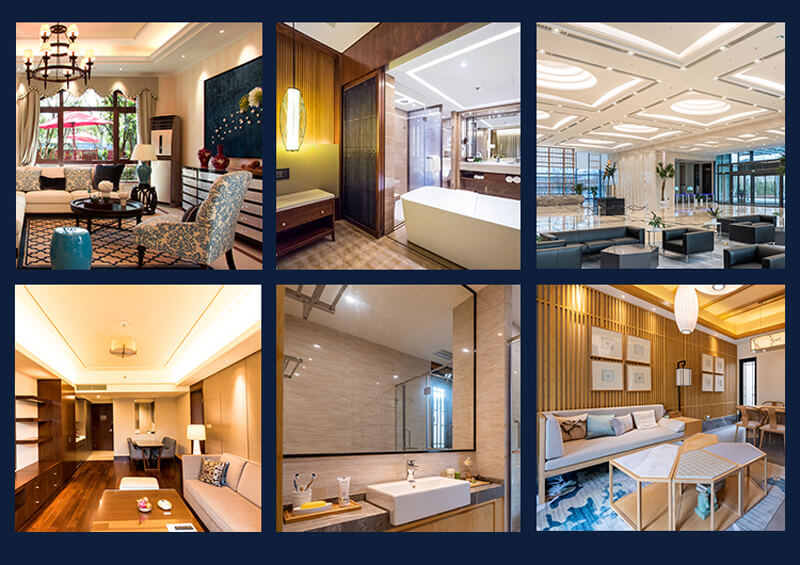LED Luminaires: Some Things About LED Equipment
LED lamps are used in a wide variety of premises: residential, industrial, office, retail, educational. They are distinguished by a long service life, compactness and austere design, which allows them to successfully fit into almost any interior.
Advantages of LED devices
To date, LED luminaires have gained wide popularity due to the following advantages:
- Long service life - approx. 25 years of operation with 10 hours of operation per day. This is 6-15 times more than conventional incandescent lamps can last. The luminous flux and luminous intensity practically do not diminish during the entire service life.
- All elements of LED lamps are durable, do not require maintenance or replacement.
- LED devices are energy-efficient light sources.
- They are environmentally friendly, do not require special disposal.
- Robust, reliable, vibration-resistant.
- Provides clear illumination of objects, color rendering index 75-85 Ra, which is comparable to natural daylight.
- High efficiency, close to 100%, while conventional luminaires have 65–70%.
- Lack of low frequency pulsations that cause eye strain.
- Low consumption currents.
- Wide operating temperature range: from -50 ° to + 60 ° C.
- Simple installation.

Versions and types of LED lamps
The type of luminaire largely determines the options for its use. LED devices can be classified as follows.
By type of installation:
- Recessed LED l/product/led-cob-down-light/uminaires. They are used in structures made of plasterboard or plastic, in tension and suspended structures, they allow you to set the minimum gap between the base and the stretch ceiling.
- Overhead. Suitable for wall, ceiling or universal installation.
At the place of installation:
- Ceiling LED lamps. Extremely easy to install, you only need a screwdriver, screwdriver, knife, indicator. Surface-mounted luminaires are ideal for rooms with relatively low ceilings. Most ceiling luminaires are characterized by high power and high light diffusion.
- Wall-mounted. They are small in size, convenient if you need spot or additional lighting. The design of wall lights is usually more striking than ceiling lights.
- Outdoor. The use of LEDs allows the creation of floor lamps with very delicate and delicate details. Often, floor and table LED lamps have movable elements, which makes it possible to change the direction of the luminous flux.
By body type:
- Spot LED lamps. Usually used in home and office interiors. Visually make the ceiling higher, increase the volume of the room.
- Searchlights are used in the illumination of small advertising structures, facades, shop windows, signage.
- Ribbons. An LED strip is a flexible printed circuit board with equally spaced LEDs. The width of the tape is 8–10 mm, the thickness is 2–3 mm. They are used for interior lighting, as well as in advertising structures and furniture lighting.
- Cascading. Designed for rooms with high ceilings, they look spectacular, dividing the room into zones.
- LED panels and bricks. Large lighting equipment for classrooms, offices, entertainment centers and sports facilities, industrial, warehouse and even streets.
By application
- Industrial LED luminaires. Used to build energy-efficient lighting systems.
- Office. Bright lamps of all kinds with cold light.
- For common areas (entrances, public toilets, elevator cabins). Inexpensive lamps with anti-vandal protection.
- Landscape and exterior. Large bright panels and spotlights.
- LED lamps for the home. Similar to office, but with a higher temperature of light.
For more information, please contact us!
